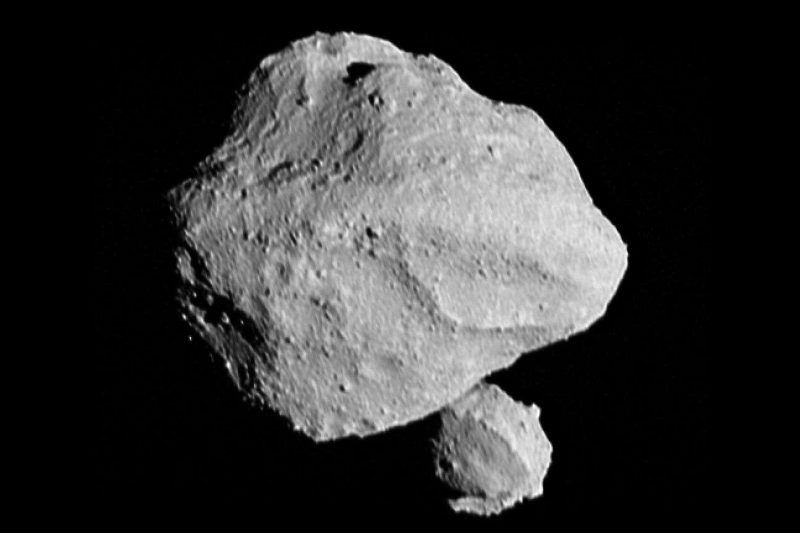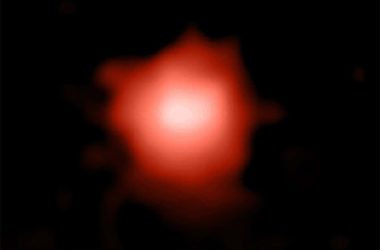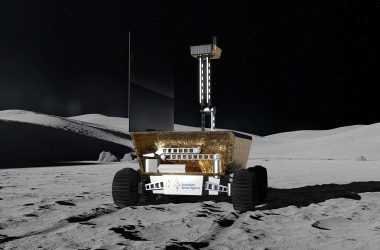Introduction
In a recent discovery, NASA’s Lucy spacecraft has encountered its first asteroid, Dinkinesh, and has also found a smaller asteroid orbiting it. This smaller asteroid is the smallest main belt asteroid ever observed up close. The images sent back by Lucy have provided valuable insights into the composition and characteristics of these asteroids.
The Discovery
The presence of a satellite orbiting Dinkinesh was suspected based on the observed oscillation in the asteroid’s brightness as Lucy approached it. However, the satellite was too small to be detected from Earth and was confirmed only when Lucy flew past Dinkinesh on November 1. The spacecraft captured images of a second small asteroid, measuring approximately 220 meters across, in a binary relationship with Dinkinesh.
Scientific Significance
The discovery of these asteroids presents an opportunity for scientists to study their formation and characteristics. The binary nature of Dinkinesh and its satellite provides new insights into the dynamics and processes involved in the formation of such systems. Keith Noll from NASA’s Goddard Space Flight Center expressed excitement over the discovery, comparing these asteroids to the near-Earth asteroid binary Didymos and Dimorphos observed by NASA’s Double Asteroid Redirection Test mission, while highlighting the intriguing differences.
Testing Lucy’s Instruments
Aside from the scientific discovery, the flyby of Dinkinesh served as an opportunity to test Lucy’s scientific instruments and tracking system. The successful capture of images indicates that the tracking system performed as expected. Further analysis of the collected data will be conducted by the mission’s scientists and engineers in the coming weeks.
Future Exploration
With the Dinkinesh flyby complete, Lucy’s next destination is the asteroid 52246 Donaldjohanson, which it will reach in 2025. Afterward, the spacecraft will continue its journey to explore Jupiter’s Trojan asteroids. These asteroids, located ahead of and behind Jupiter in its orbit around the sun, are remnants from the early solar system and hold valuable information about planetary formation and evolution. Lucy is expected to reach the Trojans in 2027.







